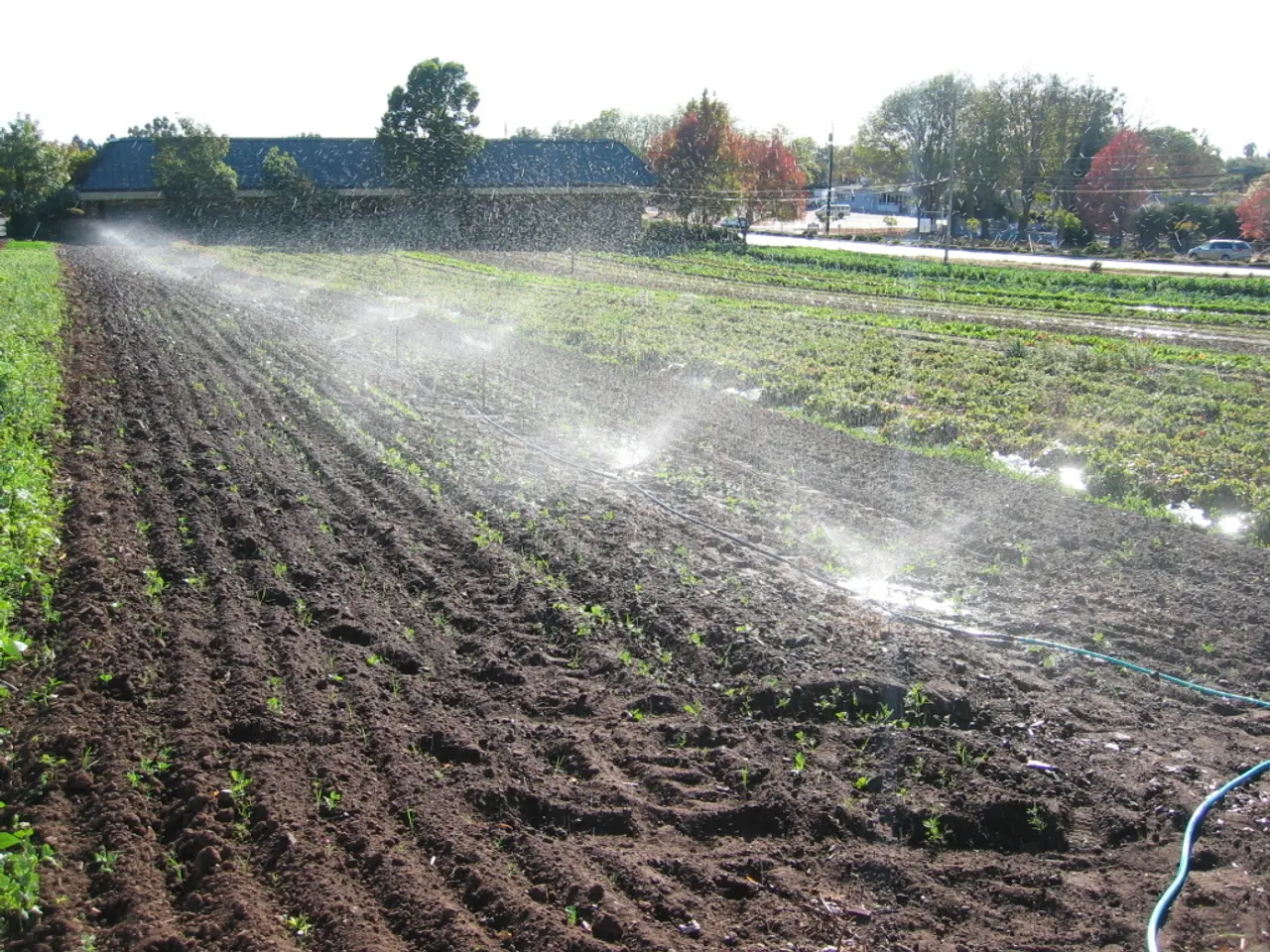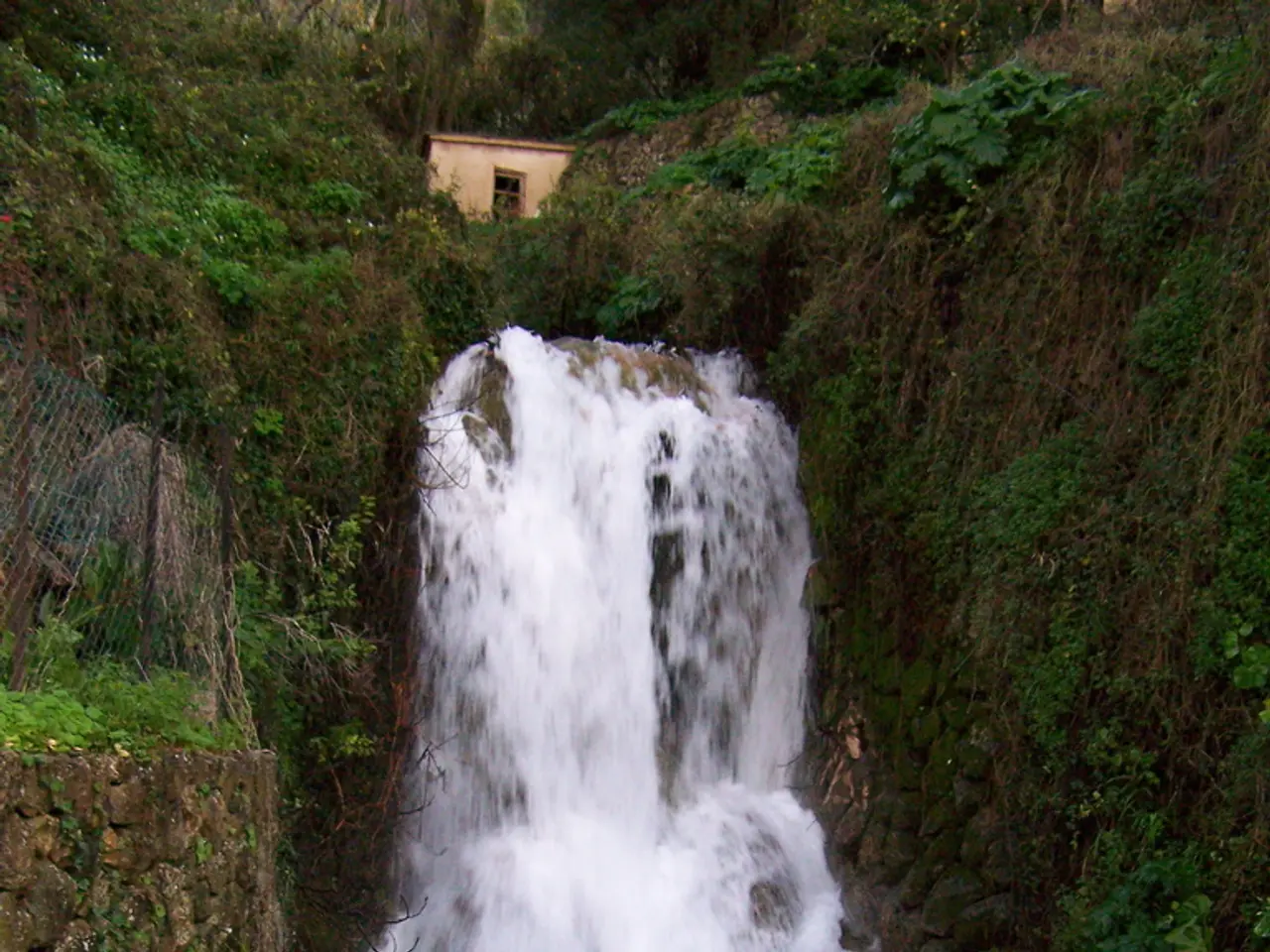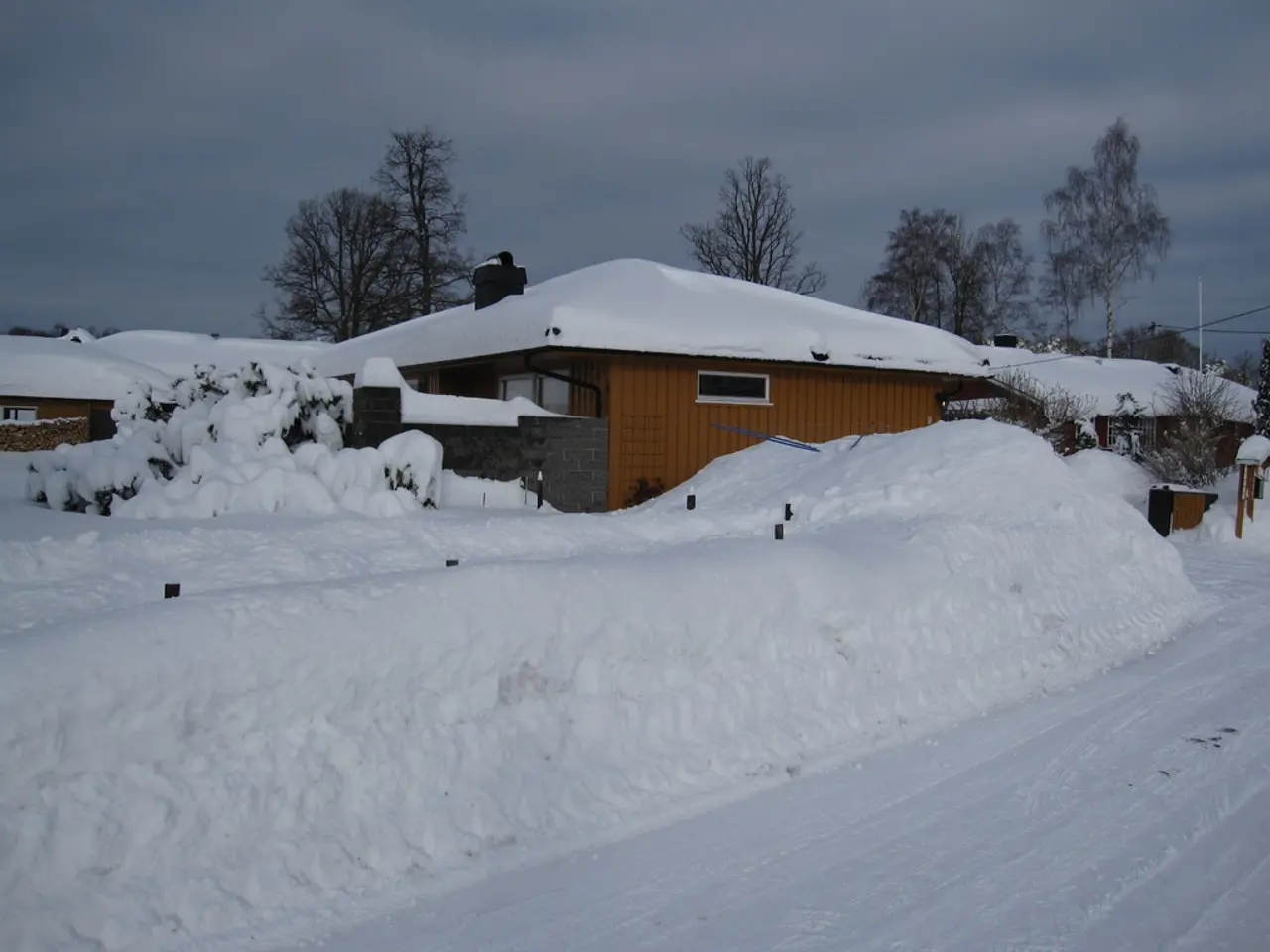Increased Flooding in the US Summer: An Overview of Current Events
The United States has been experiencing an alarming trend in flash flood events, with their frequency and severity on the rise. Climate change, urbanization, and changes in regional soil conditions are all contributing factors.
One key reason for this rise is increased atmospheric moisture. As the planet warms, the air holds more moisture—approximately 4% more for every 1 degree Celsius increase in temperature. This results in heavier rainfall during storms, which can quickly overwhelm drainage systems and trigger flash floods.
Scientific analysis of recent flood events, such as the 2025 Texas Hill Country flood, shows a clear trend of increasing rainfall intensities and peak streamflows. These trends are compounded by climate extremes that increase the frequency of severe storms producing intense precipitation.
Urban areas, with their growing footprints and increased impervious surfaces, also play a significant role. Changes in reservoir operations and the expansion of urban areas contribute to flash flood risk becoming more severe and less predictable. In urban areas, pavement and asphalt can prevent water from soaking into the ground, leading to overflowing storm drains and flooded streets.
In some regions, dry and compact soils before heavy rains limit infiltration, causing water to run off quickly and increase flood severity when tropical remnants or monsoon storms arrive. This has been observed in areas like the Texas Hill Country and Desert Southwest.
Warm ocean and air temperatures also contribute to the problem. Warm oceans increase water vapor availability in the atmosphere, fueling extreme rainfalls, as was a major factor in the July 2025 Texas floods.
In addition, wildfires and droughts are becoming more frequent and severe, leading to more burn scars and flood vulnerability in fire-prone regions. After a fire, the soil can become water-repellent, causing rainfall to run off rapidly, especially in steep terrain. Droughts have a similar effect: When soil dries out over long periods, it can become compacted or crusted over, reducing its ability to absorb water.
Moisture-rich air that was once confined to the warm tropics can reach farther from the equator due to global warming, bringing intense, tropical rainfall to more parts of the world. This was evident in the record-breaking events in Texas, North Carolina, Illinois, and New Mexico in the past week.
In Ruidoso, a location in New Mexico, the risk of flash flooding is particularly high due to wildfires. Since the South Fork and Salt Fires last summer, the area has been under at least 12 separate flash flood emergencies.
This scientific consensus highlights the growing need for adaptive flood preparedness and resilience strategies. Hourly rainfall rates have grown heavier in nearly 90% of large US cities since 1970, and summer storms tend to move more slowly due to weaker upper-level winds and the shift of the jet stream. As a result, it is crucial for communities to be proactive in developing and implementing flood mitigation strategies.
[1] National Climate Assessment (2018) [2] Intergovernmental Panel on Climate Change (2018) [3] Texas A&M University (2020) [4] National Oceanic and Atmospheric Administration (2021)
Weather patterns and climate change, as closely linked to environmental science, are key drivers behind the increasing frequency and severity of flash flood events in the United States. For instance, the scientific analysis of recent flood events, like the 2025 Texas Hill Country flood, reveals an upward trend in rainfall intensities and peak streamflows, attributed to climate extremes and increased atmospheric moisture.








